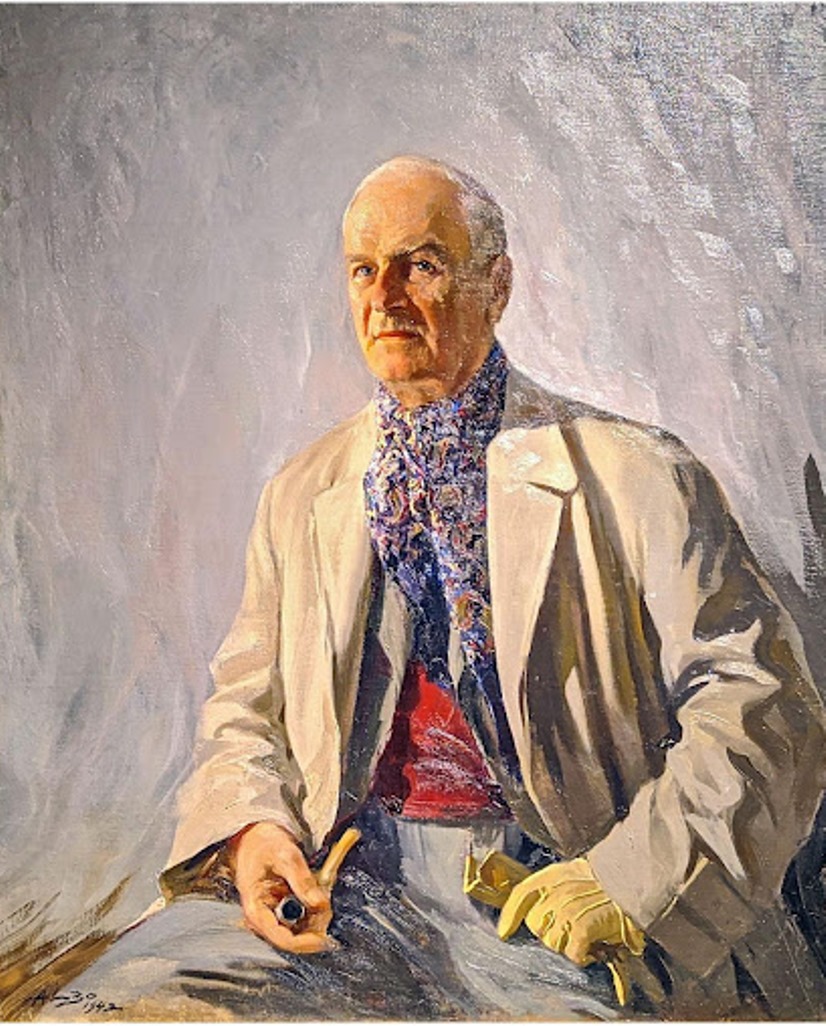abroad

Joseph Mallord William Turner, a seminal figure in British painting, was born in 1775 and left an indelible mark on the Romantic movement. Known for his expressive coloration, imaginative landscapes, and turbulent marine paintings, Turner's work transcends the traditional boundaries of art to capture the sublime force of nature. His career was distinguished by early talent, evidenced by his acceptance into the Royal Academy at the young age of 14, and a prolific output that included over 2,000 paintings and 19,000 drawings and sketches.
William Turner's unique approach to landscape painting, characterized by dramatic skies and atmospheric effects, set a new standard for capturing mood and emotion on canvas. His innovative use of light and color influenced countless artists, elevating landscape painting to rival the status of history painting. Turner's legacy is also marked by his eccentricity and reclusiveness, traits that only added to the mystique surrounding his artistic genius.
Among his most famous works are "The Fighting Temeraire," symbolizing the passing of the old world, and "Rain, Steam and Speed," capturing the Industrial Revolution's impact. These paintings not only showcase William Turner's technical skill but also his philosophical engagement with the changing world around him.
For collectors and experts in art and antiques, William Turner's works represent the pinnacle of Romantic art, offering insight into the 19th-century aesthetic and philosophical landscape. His influence on subsequent generations of artists underscores his position as a pivotal figure in the history of Western art.
To stay informed about Joseph Mallord William Turner's works and related events, signing up for updates from reputable art institutions can provide valuable insights into new discoveries and auction events related to this master of the British landscape.


John Singer Sargent was an American artist celebrated for his captivating portraits, which mirrored the luxury of the Edwardian era. Born to American parents in Florence, Italy, Sargent was a well-traveled individual, fluent in multiple languages, and exposed to European art from a young age. His early artistic training came under the tutelage of Carolus-Duran in Paris, which significantly influenced his style and approach to art. Sargent's work, characterized by its striking realism and attention to detail, gained international acclaim, especially among the aristocracy in England and the United States.
Noteworthy is John Singer Sargent's "Carnation, Lily, Lily, Rose," a piece that, after its display at the Royal Academy in 1887, solidified his status in the London art scene. This painting, along with many others, showcases his ability to capture the essence of his subjects, earning him numerous commissions from prominent figures of his time. However, by the early 20th century, Sargent shifted his focus to watercolors and murals, seeking respite from the demands of portrait commissions. His mural works, like those for the Boston Public Library, highlight his versatility and commitment to art beyond portraiture.
For collectors and art experts, understanding John Singer Sargent's journey—from his early days in Florence and Paris to his ultimate success as a portraitist and muralist—offers valuable insights into his artistic evolution and the historical context of his work. His pieces, housed in prestigious institutions worldwide, continue to captivate audiences with their elegance and technical prowess.
If you're keen on staying updated with events and sales related to John Singer Sargent's art, consider signing up for updates. This subscription will keep you informed about new product sales and auction events specifically related to Sargent's works, ensuring you don't miss out on valuable opportunities.


John Singer Sargent was an American artist celebrated for his captivating portraits, which mirrored the luxury of the Edwardian era. Born to American parents in Florence, Italy, Sargent was a well-traveled individual, fluent in multiple languages, and exposed to European art from a young age. His early artistic training came under the tutelage of Carolus-Duran in Paris, which significantly influenced his style and approach to art. Sargent's work, characterized by its striking realism and attention to detail, gained international acclaim, especially among the aristocracy in England and the United States.
Noteworthy is John Singer Sargent's "Carnation, Lily, Lily, Rose," a piece that, after its display at the Royal Academy in 1887, solidified his status in the London art scene. This painting, along with many others, showcases his ability to capture the essence of his subjects, earning him numerous commissions from prominent figures of his time. However, by the early 20th century, Sargent shifted his focus to watercolors and murals, seeking respite from the demands of portrait commissions. His mural works, like those for the Boston Public Library, highlight his versatility and commitment to art beyond portraiture.
For collectors and art experts, understanding John Singer Sargent's journey—from his early days in Florence and Paris to his ultimate success as a portraitist and muralist—offers valuable insights into his artistic evolution and the historical context of his work. His pieces, housed in prestigious institutions worldwide, continue to captivate audiences with their elegance and technical prowess.
If you're keen on staying updated with events and sales related to John Singer Sargent's art, consider signing up for updates. This subscription will keep you informed about new product sales and auction events specifically related to Sargent's works, ensuring you don't miss out on valuable opportunities.

























































































